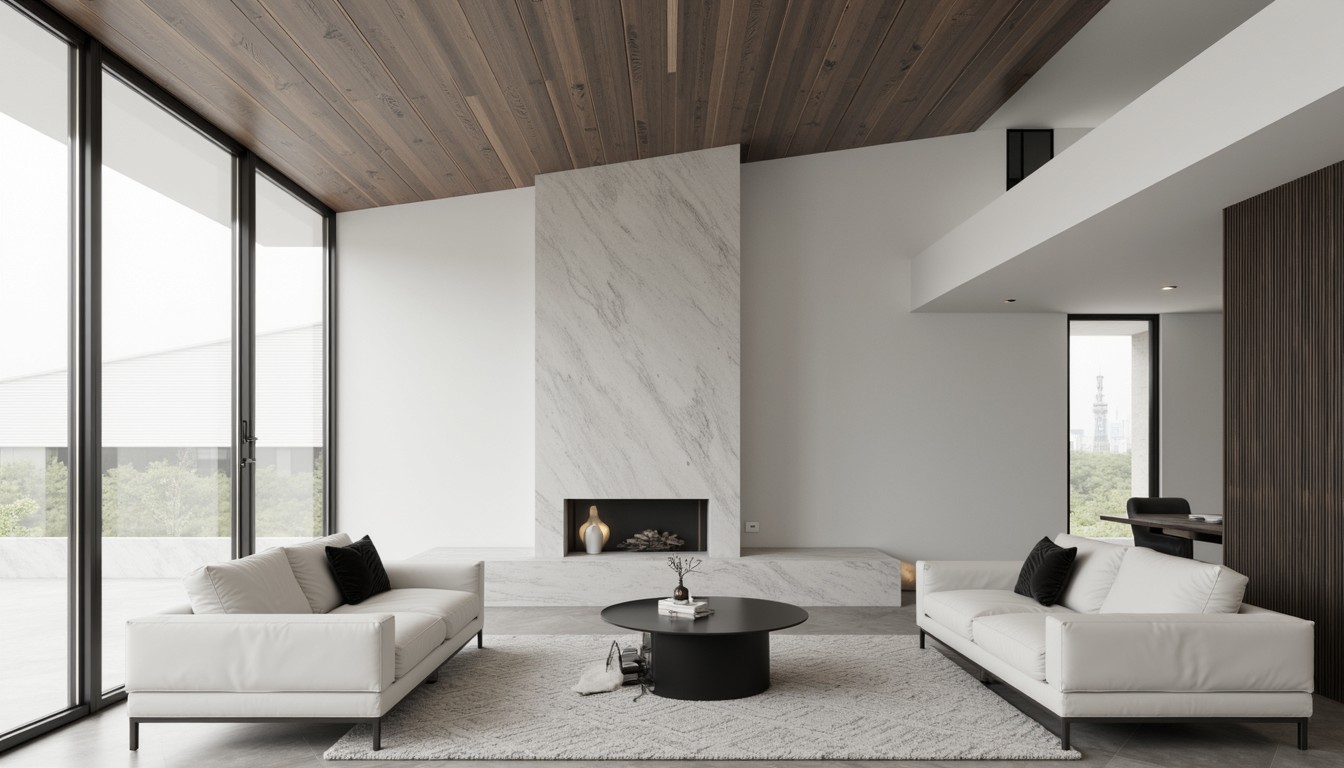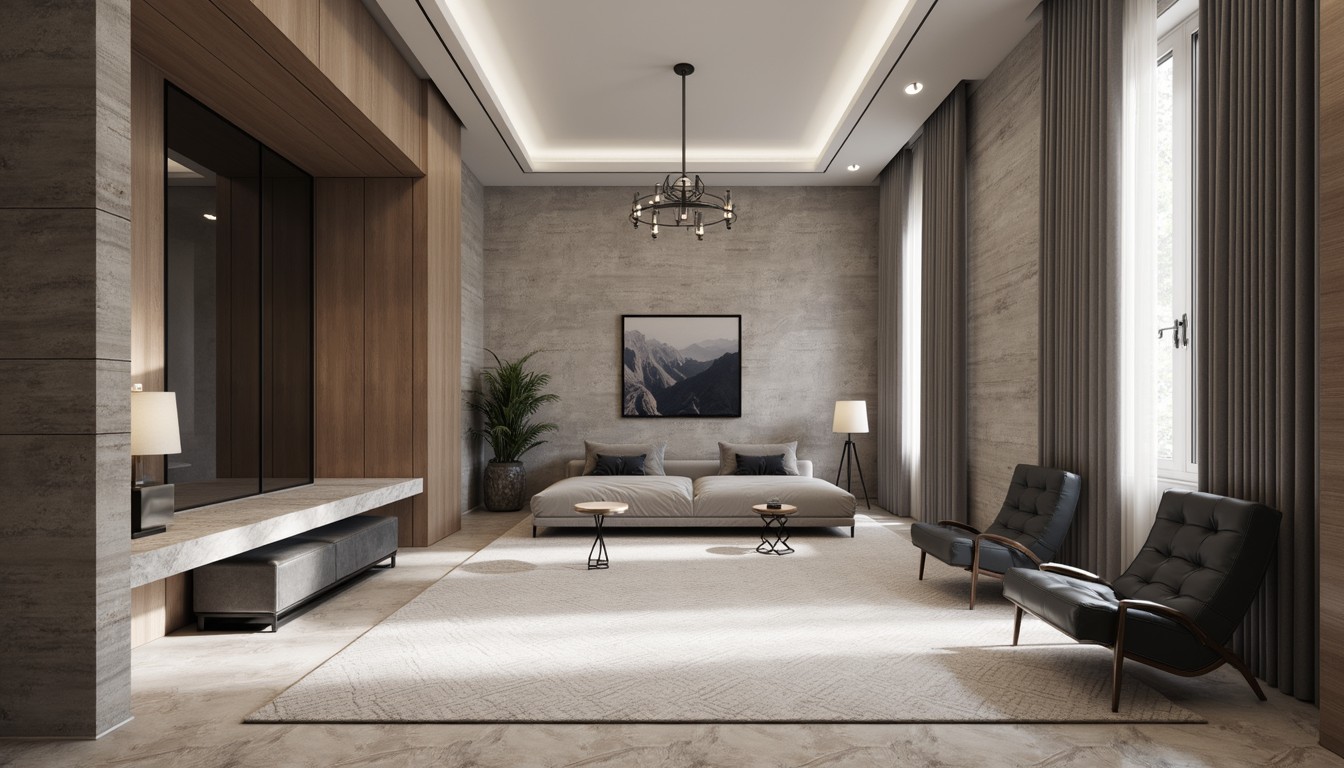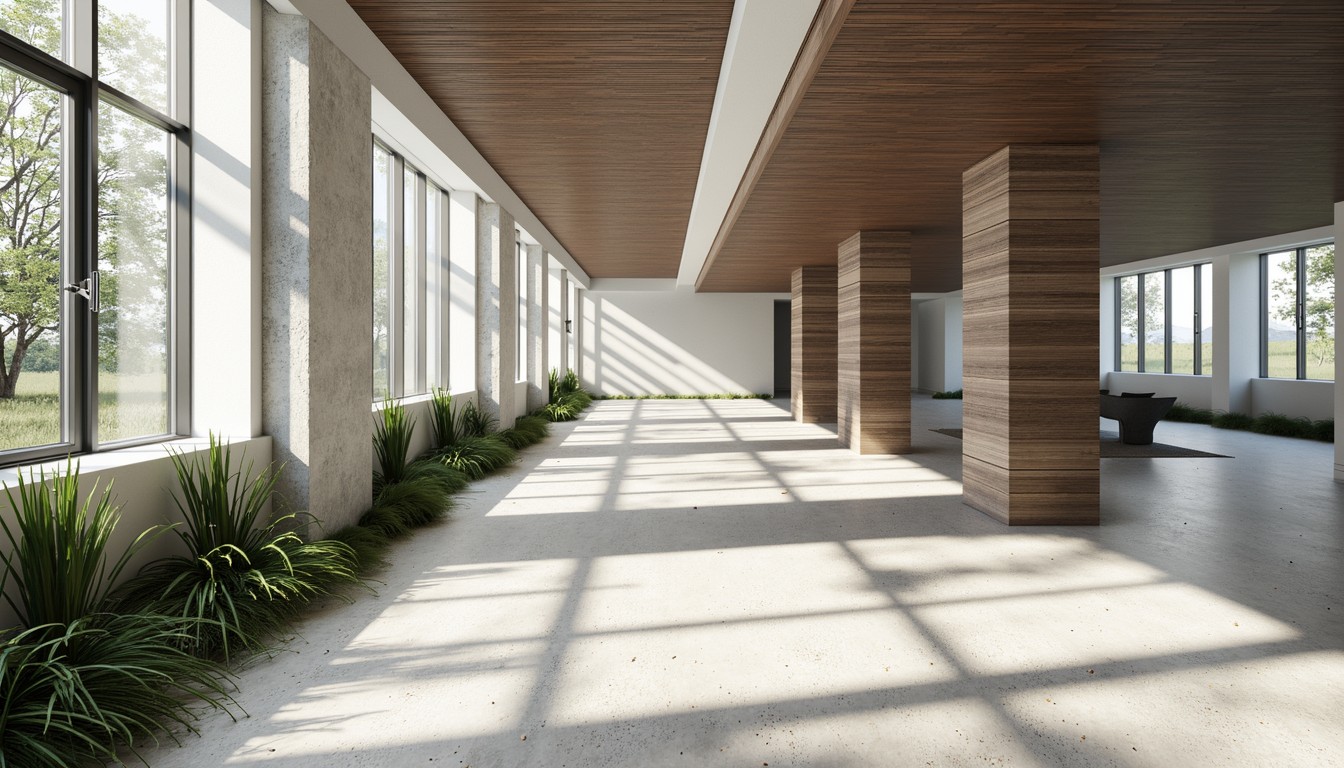Immersive Design: Revolutionizing Architecture with VR & AR
The architectural landscape is undergoing a dramatic transformation, driven by the integration of cutting-edge technologies. Among the most impactful are Virtual Reality (VR) and Augmented Reality (AR), offering unprecedented opportunities for architects, designers, and clients to experience and interact with designs in entirely new ways. At ArchNav, we're at the forefront of this revolution, harnessing the power of immersive design to deliver unparalleled visualization experiences.
Understanding the Power of VR in Architectural Visualization

Virtual Reality provides a fully immersive, 360-degree experience of a design. Users don a VR headset and are instantly transported into a virtual environment, allowing them to explore a building's interior and exterior as if they were physically present. This level of immersion offers several key advantages:
- Enhanced Client Engagement: VR allows clients to experience the design emotionally, fostering a deeper understanding and appreciation of the architect's vision. This leads to more informed decisions and reduced revisions.
- Early Problem Detection: By “walking through” the virtual space, potential design flaws – from awkward layouts to inadequate lighting – can be identified and addressed early in the design process, saving time and resources.
- Improved Collaboration: VR facilitates seamless collaboration between architects, designers, engineers, and clients, enabling real-time feedback and iterative design refinements.
- Realistic Spatial Understanding: VR offers a far more accurate representation of scale and spatial relationships than traditional 2D renderings or even 3D models on a screen. Clients gain a true sense of how the space will feel.
Augmented Reality: Bridging the Physical and Digital Worlds

Augmented Reality (AR) overlays digital information onto the real world, offering a different yet equally powerful approach to architectural visualization. Using AR applications on smartphones or tablets, users can view a 3D model of a building superimposed onto the actual site. This allows for:
- Contextual Understanding: AR provides a clear understanding of how the proposed design integrates with its surroundings, considering existing structures, landscaping, and the overall environment.
- Interactive Exploration: Users can manipulate the digital model, rotating it, zooming in on specific details, and exploring different design options in their real-world context.
- On-Site Presentations: Architects can use AR to present designs directly on the building site, facilitating discussions and enhancing client understanding.
- Marketing and Sales: AR applications can be used to create interactive marketing materials, allowing potential buyers to experience the space virtually before purchasing.
Real-World Applications of VR and AR in Architecture
The applications of VR and AR extend far beyond simple visualization. Here are some examples of how these technologies are transforming the architectural industry:
- Urban Planning: VR and AR are used to simulate and visualize urban development projects, allowing stakeholders to assess the impact of proposed changes on the surrounding environment and community.
- Interior Design: Virtual staging and furniture placement using AR and VR help clients visualize how furniture and décor will look in their future space.
- Heritage Preservation: AR can be used to overlay historical information onto existing structures, bringing the past to life and enhancing the visitor experience.
- Construction Management: VR and AR can be used for pre-construction walkthroughs, safety training, and progress monitoring during the construction phase.
Choosing the Right Technology for Your Project

The choice between VR and AR depends on the specific needs of the project. VR is ideal for fully immersive experiences and detailed exploration, while AR is better suited for visualizing designs in their real-world context. Often, a combination of both technologies offers the most comprehensive approach.
ArchNav: Your Partner in Immersive Architectural Visualization
At ArchNav, we understand the transformative power of VR and AR in architecture. Our team of expert 3D modelers, animators, and visualization specialists leverage the latest technologies to create stunningly realistic and engaging immersive experiences for our clients. We offer a wide range of services, from high-quality 3D modeling and rendering to the development of customized VR and AR applications tailored to your specific project requirements. Contact us today to learn how ArchNav can help you elevate your architectural visualization to the next level.
